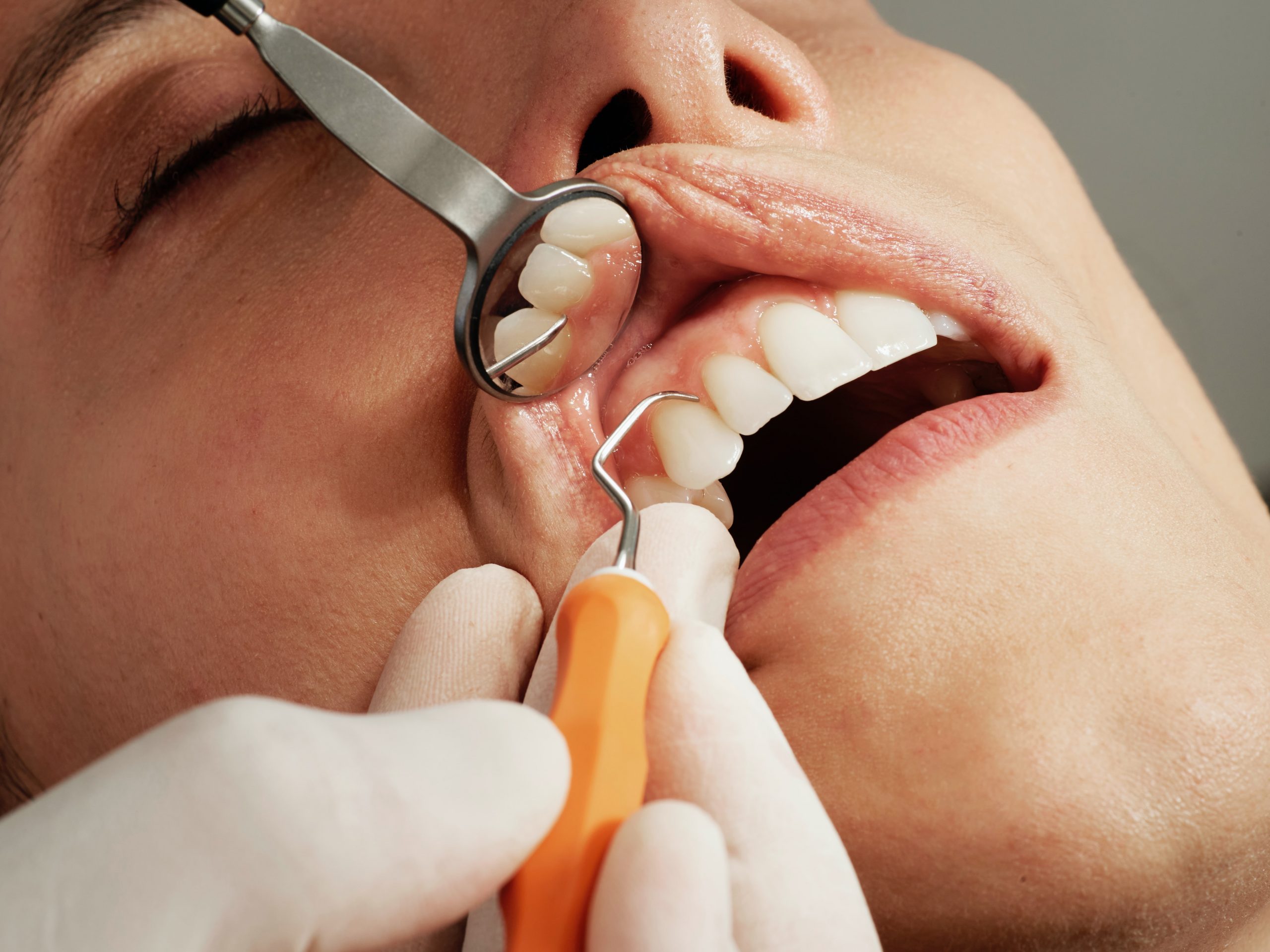
Voice-activated Periodontal treatment: Solution to a common problem
If you’ve developed gum disease, Periodontal treatment is an umbrella term for an array of treatments you may need to undergo. These treatments are an important part of restoring health to your teeth and gums, as well as preventing tooth loss. There are both surgical and non-surgical treatments for gum disease. The voice recognition software allows the hygienist to provide more education throughout the appointment, which leaves patients with increased autonomy that establishes a foundation for successful home care.
For those of you using voice-activated technology to accurately and efficiently collect and assimilate periodontal data, you cannot imagine practicing without it. However, we are the minority. Many clinicians today struggle to allocate time in a busy appointment to perform six-point probing, record bleeding sites, measure recession, identify Class I furcations, record all of the data without assistance, and interpret the diagnostic information to drive treatment decisions. It can be overwhelming.
Voice activated periodontal treatment allows dental hygienists to verbally transcribe pocket depths, recession, bleeding, mobility, large restorations (i.e. bridges, crowns), and more. This helps dental professionals to solely focus on patient education, while also keeping them actively engaged throughout their treatment. Using voice command, the clinician is now able to be self sufficient in charting, performing the exam alone, having a shortened enrollment time of periodontal data and even increasing the accuracy of the exam with reduced repetitive clinical charting. This allows for more productive time with the patient, decreases overhead and therefore increases office productivity.
While there are several voice-activated periodontal data collection systems available, the system that I have used since 1997 is Florida Probe, and most recently VoiceWorks by Florida Probe. VoiceWorks is a hands-free technology that eliminates cross-contamination that can occur when single users attempt to enter data on the computer simultaneously with probing. Single-user data collection can be very time-consuming when moving between the patient and the computer to enter all data manually.


